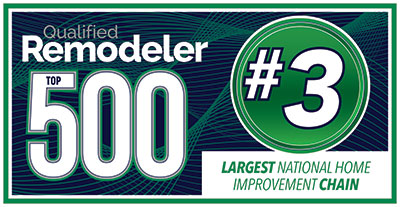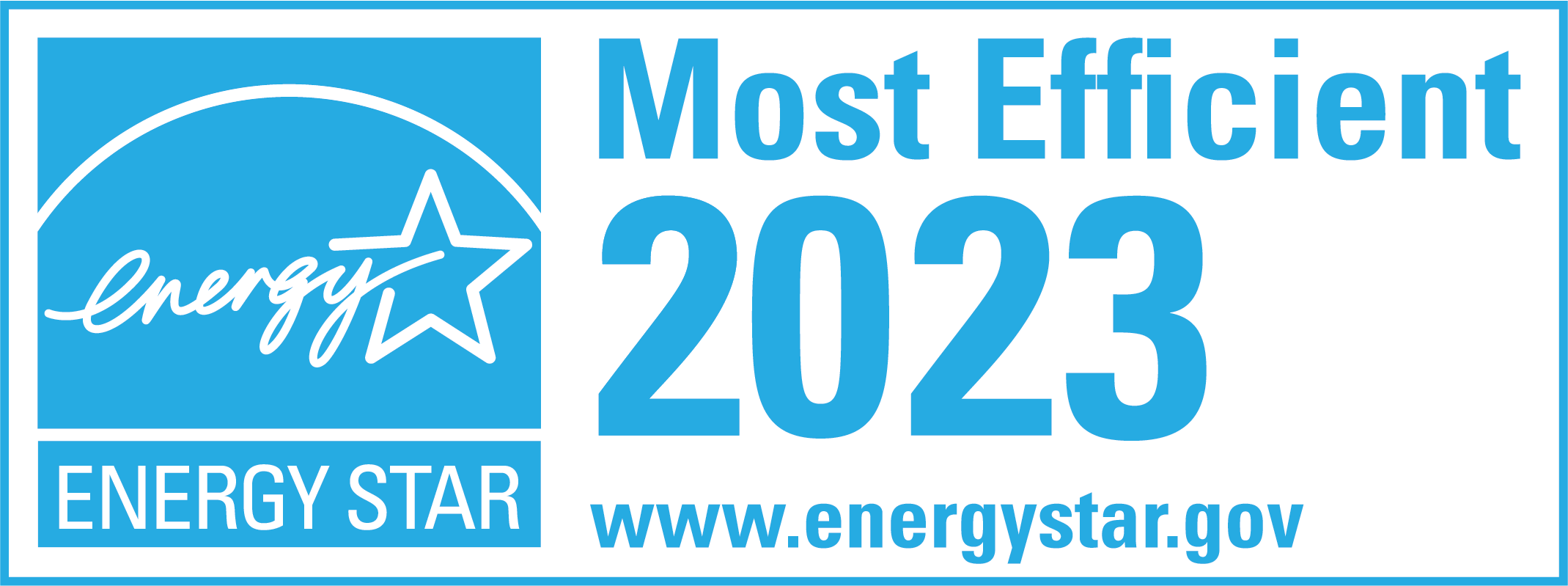Annealed vs Laminated Glass for New Windows
Choosing the right glass for windows is an important decision when building or renovating a home. Two popular options for window glass are annealed and laminated glass. In this article, we will explore annealed vs laminated glass, including their manufacturing processes, key features, pros and cons, and more.
Understanding Annealed and Laminated Glass
Glass is one of the most widely used materials in the world, and it comes in various forms to cater to different needs. Two of the most common types of glass are annealed and laminated glass. Understanding the differences between these two types of glass is crucial when it comes to choosing the right glass for your needs.
Before we dive into the manufacturing and features of each type of glass, let’s take a closer look at what annealed and laminated glass are.
What is Annealed Glass?
Annealed glass is the most commonly used glass for home windows. It is created by slowly cooling molten glass to relieve internal stress, making it less likely to break. Annealed glass is also known as standard glass, and it is the most affordable type of glass.
However, annealed glass has a significant drawback. If it does break, it shatters into large, sharp pieces that can cause injuries. This is why annealed glass is not recommended for applications where safety is a concern, such as in car windshields and high-rise buildings.
What is Laminated Glass?
Laminated glass is made by bonding two or more layers of glass together using a transparent interlayer, such as polyvinyl butyral (PVB). This interlayer makes laminated glass more resistant to impact, as it tends to hold together even when shattered, reducing the risk of injury.
Laminated glass is commonly used in car windshields and buildings. In the automotive industry, laminated glass is used to prevent passengers from being ejected from the car during an accident. In buildings, laminated glass is used as a safety measure to prevent injuries from falling glass in case of breakage.
Another advantage of laminated glass is that it provides better sound insulation than annealed glass. This is because the interlayer helps to dampen sound waves, reducing noise pollution.
Conclusion
Both annealed and laminated glass have their advantages and disadvantages, and the choice between the two depends on the specific application. If you are looking for an affordable and widely available option for your home windows, annealed glass is a good choice. However, if safety is a concern or you need better sound insulation, laminated glass is the way to go.
It’s always a good idea to consult with a glass expert to determine the best type of glass for your needs. With the right type of glass, you can ensure the safety and comfort of yourself and others.
The Manufacturing Process
Glass is a versatile material that is used in a wide range of applications, from windows and mirrors to smartphone screens and fiber optic cables. The manufacturing process for glass depends on the type of glass being produced, as well as the intended use of the final product. In this article, we will explore the manufacturing process for two common types of glass: annealed glass and laminated glass.
How Annealed Glass is Made
Annealed glass is a type of glass that is commonly used in windows and other applications where strength is not a primary concern. The manufacturing process for annealed glass involves heating a silicate glass mixture to a temperature of around 1,500 degrees Celsius (2,732 degrees Fahrenheit) and then allowing it to cool gradually at a controlled rate. This slow cooling process reduces internal stress and makes the glass less likely to break.
Once the glass has been annealed, it is cut to size and polished to give it a smooth, even surface. This process involves using special cutting tools to score the glass and then applying pressure to break it along the scored line. The edges of the glass are then smoothed and polished to remove any roughness or sharp edges.
After the glass has been cut and polished, it may be tempered if additional strength is required. Tempered glass is made by heating the glass to a high temperature and then rapidly cooling it, which creates a surface compression that makes the glass stronger and more resistant to breakage. Once the glass has been tempered, it is annealed again to remove any residual stress.
How Laminated Glass is Made
Laminated glass is a type of glass that is commonly used in applications where safety is a primary concern, such as car windshields and skylights. The manufacturing process for laminated glass involves bonding two or more layers of glass together using a transparent interlayer, such as polyvinyl butyral (PVB).
To make laminated glass, the glass layers are first cut to size and polished to give them a smooth, even surface. The PVB interlayer is then sandwiched between the glass layers and the entire assembly is heated and pressed together. This causes the PVB to become activated and bond the glass layers together.
Once the laminated glass has been bonded, it is cut to size and polished to give it a finished appearance. The final product is a strong, durable glass that is able to withstand impacts and resist shattering. In addition to its safety benefits, laminated glass also provides excellent sound insulation and UV protection.
Overall, the manufacturing process for glass is a complex and multi-step process that requires careful attention to detail and a high degree of precision. Whether you are looking for annealed glass for your home or laminated glass for your car, it is important to choose a reputable glass manufacturer who can provide you with high-quality products that meet your specific needs.
Key Differences Between Annealed and Laminated Glass
Glass is a versatile material that is used in a variety of applications, from windows to windshields to decorative pieces. When it comes to choosing the right type of glass for your project, it’s important to understand the differences between annealed and laminated glass. Here are some key differences to consider:
Strength and Durability
One of the most significant differences between annealed and laminated glass is their strength and durability. Annealed glass is a type of glass that has been cooled slowly to relieve internal stresses, making it more prone to breakage. When struck, annealed glass breaks into large, sharp pieces that can cause injuries. On the other hand, laminated glass is made by sandwiching a layer of PVB (polyvinyl butyral) between two or more sheets of glass. This interlayer acts as a bonding agent, holding the glass together even when shattered. As a result, laminated glass is much stronger and more durable than annealed glass, reducing the risk of injury in the event of breakage.
Safety Features
Another important difference between annealed and laminated glass is their safety features. Laminated glass is considered a safety glass due to its ability to hold together even when shattered. This makes it a popular choice for applications where safety is a concern, such as in car windshields or in buildings located in areas prone to earthquakes or other natural disasters. Annealed glass, on the other hand, is not a safety glass and poses a higher risk of injury when broken.
Sound Insulation
If you’re looking for a glass that offers good sound insulation, laminated glass is the way to go. The PVB interlayer in laminated glass helps to deaden sound waves, making it an effective barrier against noise pollution. This makes it a popular choice for buildings located in noisy areas, such as near airports or busy highways. Annealed glass, on the other hand, offers little in the way of sound insulation.
UV Protection
If you’re concerned about protecting your furniture and fabrics from fading, laminated glass is the better choice. The PVB interlayer in laminated glass filters out harmful UV rays, helping to prevent damage from the sun’s rays. Annealed glass, on the other hand, offers little in the way of UV protection.
Overall, when it comes to choosing between annealed and laminated glass, it’s important to consider your specific needs and requirements. While annealed glass may be suitable for some applications, such as in decorative pieces, laminated glass is generally the better choice for applications where safety, durability, sound insulation, and UV protection are a concern.
Pros and Cons of Annealed Glass
Annealed glass is a popular choice for many applications due to its cost-effectiveness and ease of manufacture. However, like any material, it has its own set of advantages and disadvantages. In this article, we will explore the pros and cons of annealed glass in detail.
Advantages of Annealed Glass
- Cost-effective: One of the biggest advantages of annealed glass is that it is less expensive than laminated glass. This makes it a popular choice for applications where safety is not a major concern.
- Widely available: Annealed glass is widely available and easy to manufacture. This means that it is readily available and can be quickly produced to meet demand.
- Good clarity: Annealed glass has good clarity and optical quality, making it an ideal choice for applications where visual appeal is important. It is often used in windows, mirrors, and other decorative applications.
Disadvantages of Annealed Glass
- Can shatter into large, sharp pieces: One of the biggest disadvantages of annealed glass is that it can shatter into large, sharp pieces when broken. This can be dangerous and cause injury.
- Not considered a safety glass: Annealed glass is not considered a safety glass, as it does not meet the same safety standards as laminated or tempered glass. This means that it is not suitable for applications where safety is a major concern.
- Less sound insulation: Annealed glass offers less sound insulation than laminated glass, which can be a disadvantage in areas with high noise levels.
- Less UV protection: Annealed glass offers less UV protection than laminated glass. This can be a disadvantage in areas with high levels of sunlight, as it can lead to fading and damage to furniture and other items.
Despite its disadvantages, annealed glass remains a popular choice for many applications due to its cost-effectiveness and ease of manufacture. However, it is important to carefully consider the pros and cons before choosing annealed glass for any application.
Pros and Cons of Laminated Glass
Advantages of Laminated Glass
- Offers superior safety features compared to annealed glass
- Better sound insulation than annealed glass
- Filters out harmful UV rays, protecting furniture and fabrics
Disadvantages of Laminated Glass
- More expensive than annealed glass
- Can be more difficult to manufacture
- May have slight visual distortion due to interlayer
Conclusion
When it comes to choosing the right glass for your windows, there are pros and cons to both annealed and laminated glass. Annealed glass is less expensive and has good optical quality, but it is not considered a safety glass and is more likely to cause injury when broken. Laminated glass, on the other hand, offers superior safety features, better sound insulation, and filters out harmful UV rays, but it is more expensive and may have slight visual distortion. Ultimately, the right choice will depend on your needs and budget.






